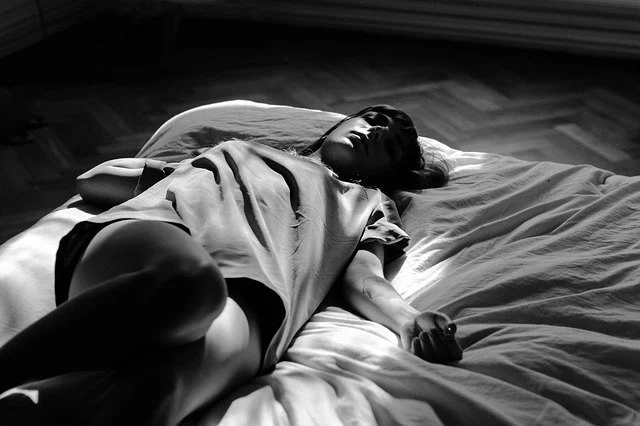Sleep Cycle and its Stages
Our sleep follows a several sleep cycle which consists of different sleep stages. Sleep cycle perform important tasks for your physical and mental recovery.
This typical structure can be visualized by measuring electrical activity in the brain. Although, not all functions of sleep have been researched yet, but we all know; sleep is important for everyone.
There are basically two different types of sleep
- REM sleep
- Non-REM sleep
REM sleep - (Rapid Eye Movement) - One of the special feature of the sleep phase. REM sleep or paradoxical sleep, which was discovered in 1953, is also called dream phase, since this is where dreaming is most intense.
Non-REM sleep - This type of sleep is divided into three stages (N1 to N3).
The structure and stages of a sleep cycle
- Stage N1 (sleep phase)
- Stage N2 (light sleep)
- Stage N3 (deep sleep)
- REM phase (dream sleep)
The sleep cycle is generally divided into the stage "sleep and awake" and four REM phases: Three N-REM sleep phases and one REM sleep phase. The N-REM sleep stages are two lighter sleep phases, N1 and N2, and one deep sleep phase, N3.
The Sleep stages
In a healthy person, the individual sleep stages are passed through in a characteristic sequence; the phase of falling asleep is usually followed by several phases of light sleep and deep sleep before a REM sleep phase ends the respective cycle. A sleep cycle length lasts about 90 minutes and is completed four to five times per night.
This cycle is repeated several times a night, REM sleep stages could be extended during the night, up to one hour.
Stage N1 (sleep phase)
The sleep is very light and the muscles still show a certain amount of tension. The body comes to rest, breathing and pulse become more even, the muscles relax, there may be slow, rolling eye movements can be detected in the sleeper.
The EEG shows a slowing down of the brain waves. When our brain is relaxed to the extent that, we no longer perceive familiar sounds (the unknown quickly wakes us up again) or soft touches, we have fallen asleep.
Stage N2 (light sleep)
After falling asleep we enter the stage of stable sleep. In this sleep cycle phase the muscle tension continues to decrease, such as muscles relax, limbs become heavy, pulse and breathing are even, body temperature drops. No more eye movements are detectable.
This phase becomes longer with each cycle and normally takes about half of the total sleeping time. N2 phase occurs again after deep sleep and before REM sleep.
Stage N3 (deep sleep phase)
Now begins the physical recovery, the regenerative phase. Blood pressure drops, heartbeat and respiration continue to slow down, body temperature decreases, the muscles continue to relax and there is no eye movement. The body recovers and repairs itself, strengthens the immune system. In the deep sleep phase, sleepwalking or teeth grinding can also occur.
The brain learns by repeating the experiences of the day. This is the deepest sleep stage, in which waking up is most difficult.
REM phase (dream sleep)
During this sleep phase, the eyes move quickly back and forth under the eyelids (Rapid Eye Movement), which is also easily visible from the outside. The muscle activity is greatly reduced. However, some muscles may twitch involuntarily. The breathing frequency and depth of breath are increased in the REM phase.
The length of the REM sleep phases increases with each cycle in contrast to the deep sleep phase. If the first REM phase lasts about 5 - 10 minutes, phases of more than 15 minutes can occur towards the end of sleep. Adults have a total REM sleep time about 70 - 75 minutes. Besides, newborns spend almost their entire sleep time in REM sleep. Science concludes from this that REM sleep plays an important role in the development of the central nervous system.
Does Sleep Cycle Length Changes with age
With increasing age the sleep duration decreases. While babies sleep about 16-18 hours per day, adults individually very different, they manage 5-9 hours of sleep. The proportion of REM sleep decreases. While it would still 50% of the total sleep of a newborn baby, it is only 25% in adults.
Dysfunctional sleep affects sleep cycle
There are types of sleeping disorders such as, difficulties in falling and staying asleep, snoring and obstructive sleep apnea. Permanently disturbed sleep can severely damage health, performance, social and professional life.


Post a Comment